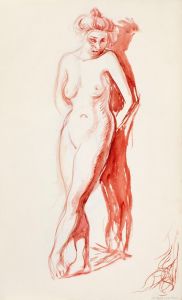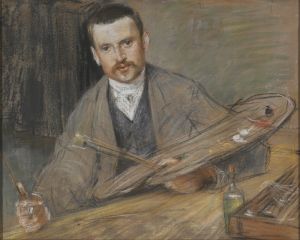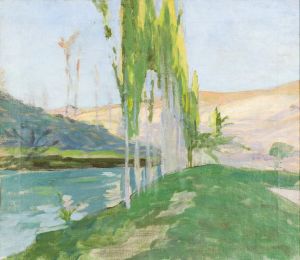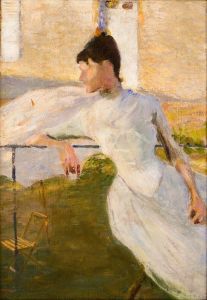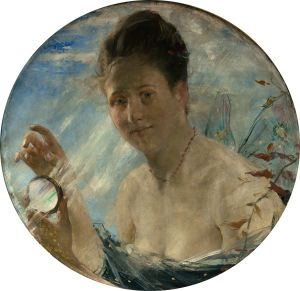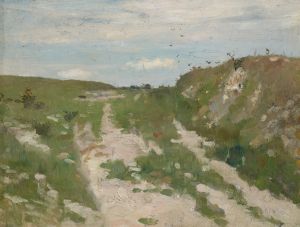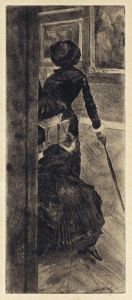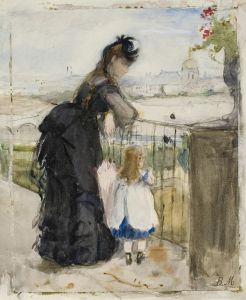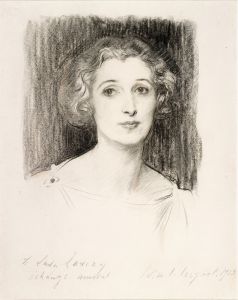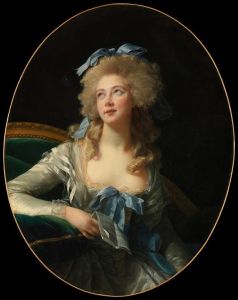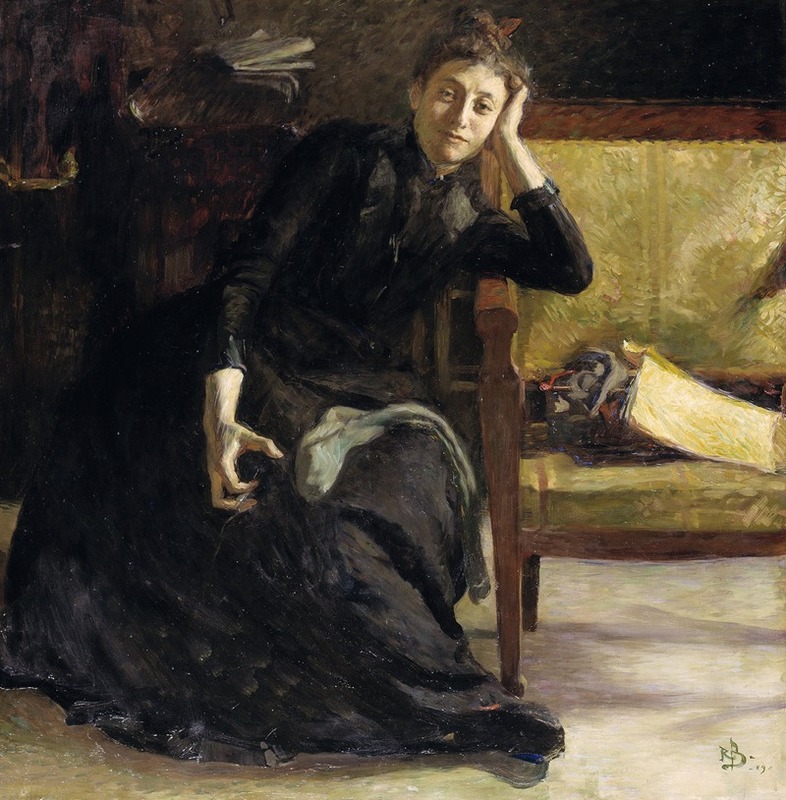
The Artist Eva Bonnier
A hand-painted replica of Richard Bergh’s masterpiece The Artist Eva Bonnier, meticulously crafted by professional artists to capture the true essence of the original. Each piece is created with museum-quality canvas and rare mineral pigments, carefully painted by experienced artists with delicate brushstrokes and rich, layered colors to perfectly recreate the texture of the original artwork. Unlike machine-printed reproductions, this hand-painted version brings the painting to life, infused with the artist’s emotions and skill in every stroke. Whether for personal collection or home decoration, it instantly elevates the artistic atmosphere of any space.
"The Artist Eva Bonnier" is an oil painting created by Swedish artist Richard Bergh in 1889. The artwork is a portrait of Eva Bonnier, a fellow Swedish artist and a contemporary of Bergh. Both artists were part of the Swedish art scene during the late 19th century, a period marked by the influence of realism and naturalism in Scandinavian art.
Richard Bergh (1858–1919) was a prominent painter known for his portraits and landscapes, as well as his role in the development of Swedish national romanticism in art. Eva Bonnier (1857–1909), the subject of the painting, was a talented painter herself, recognized for her portraits and genre scenes. She was also known for her contributions to the Swedish art world, including her philanthropic efforts to support public art in Stockholm.
The painting depicts Eva Bonnier seated in a contemplative pose, with a calm and introspective expression. Bergh's use of light and shadow highlights Bonnier's facial features and creates a sense of depth and realism. The background is subdued, drawing attention to the subject and emphasizing her presence. The work reflects Bergh's skill in capturing the personality and mood of his sitters, as well as his mastery of the portrait genre.
"The Artist Eva Bonnier" is considered an important example of Bergh's portraiture and serves as a testament to the close connections among artists in Sweden during this period. The painting is part of the collection of the Nationalmuseum in Stockholm, Sweden, where it remains accessible to the public.





